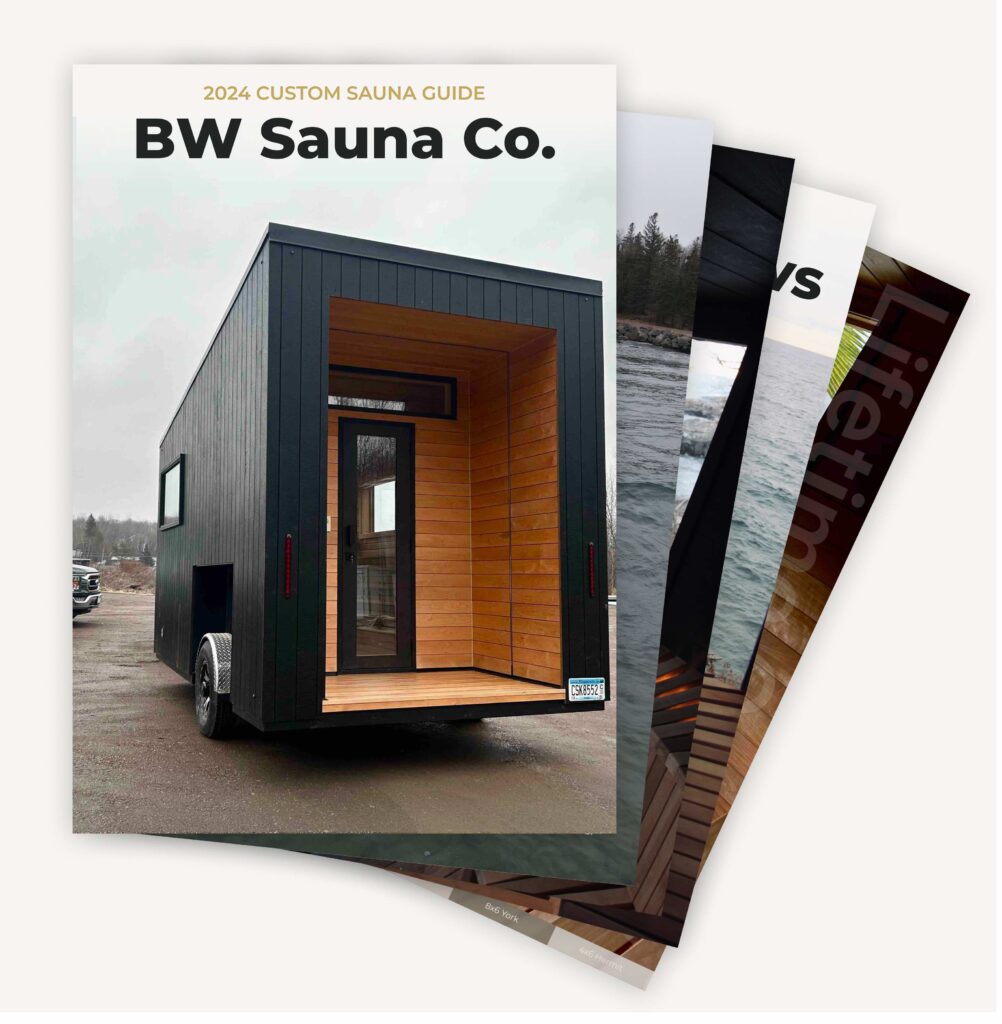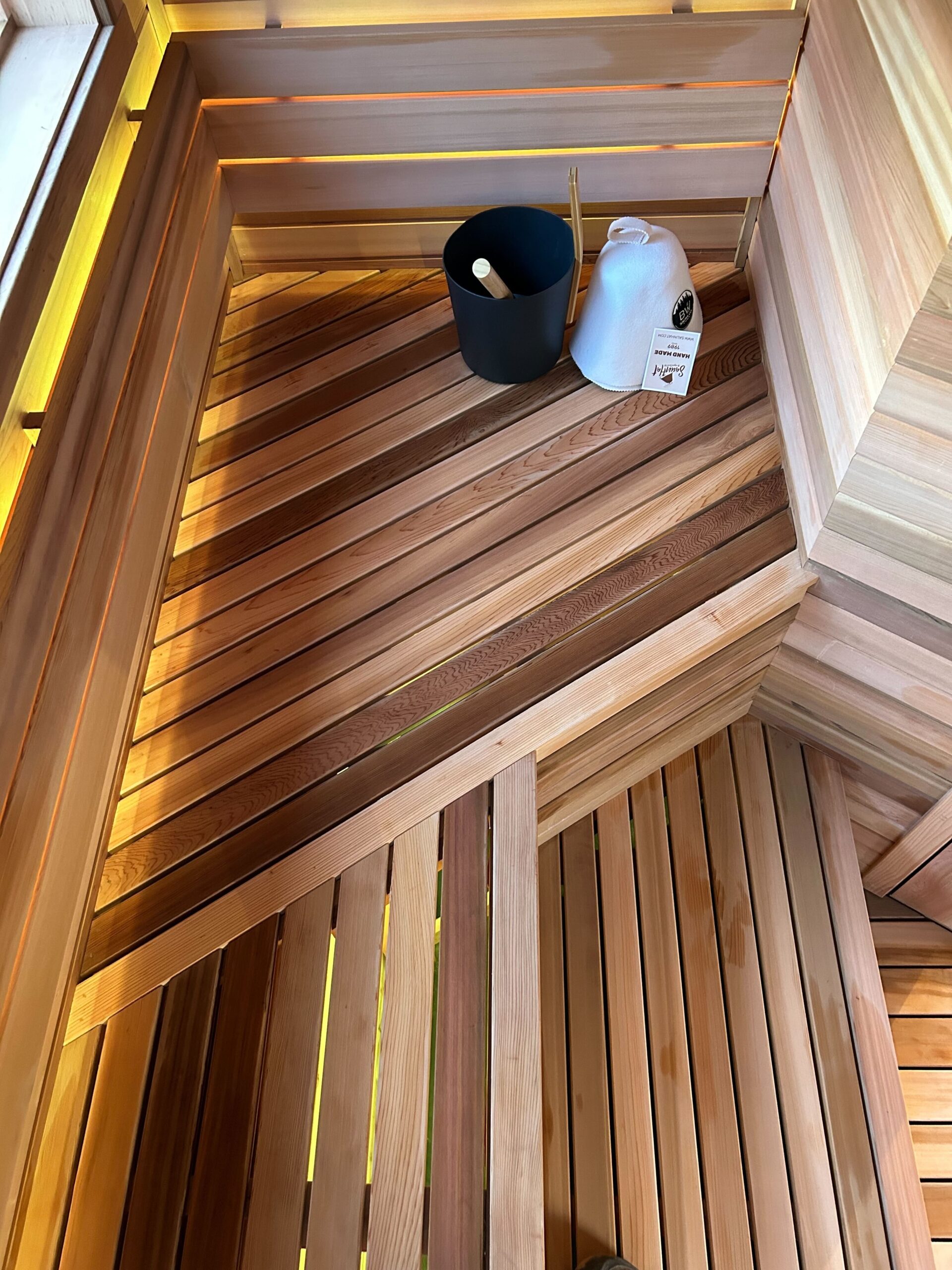


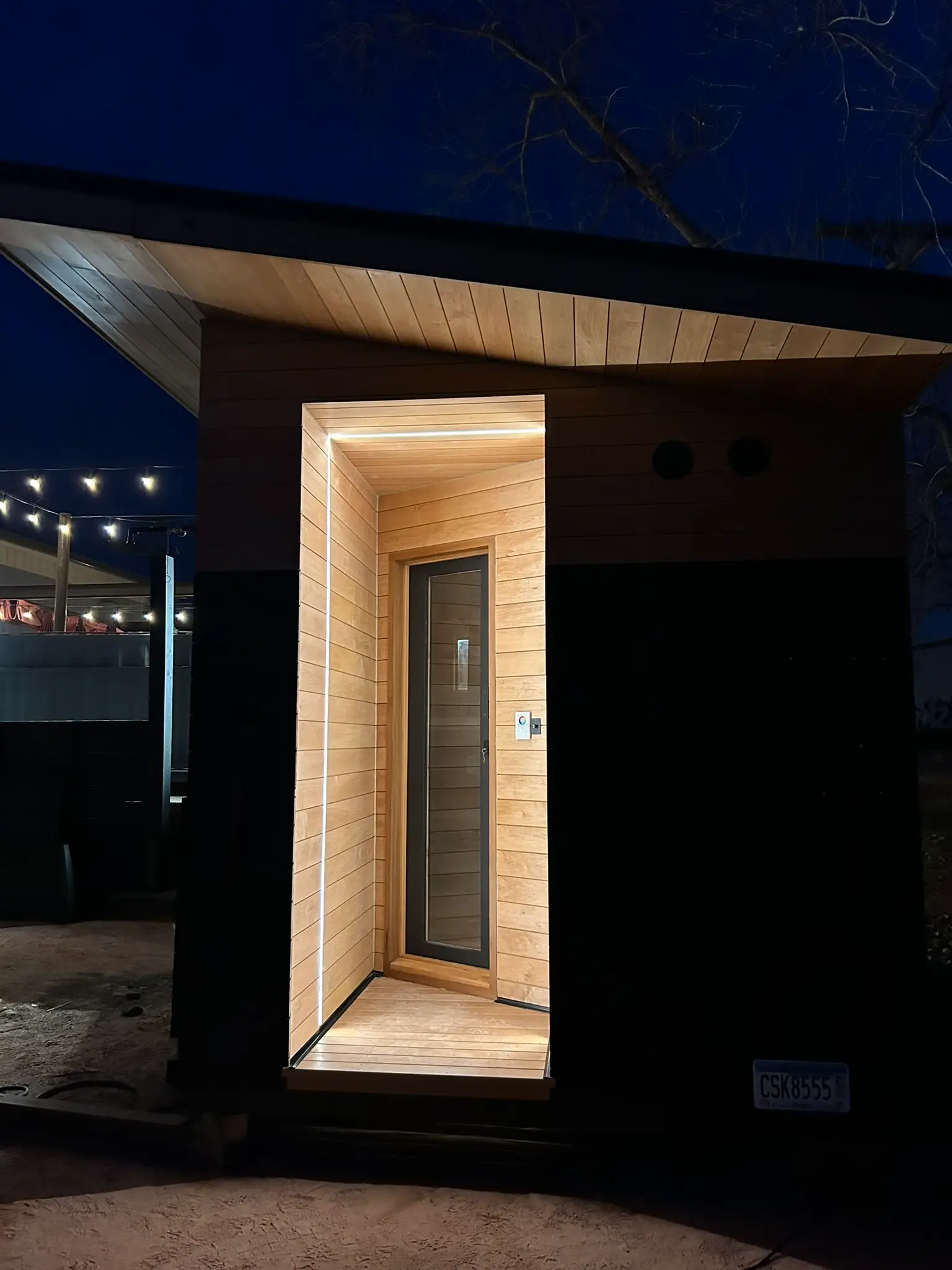
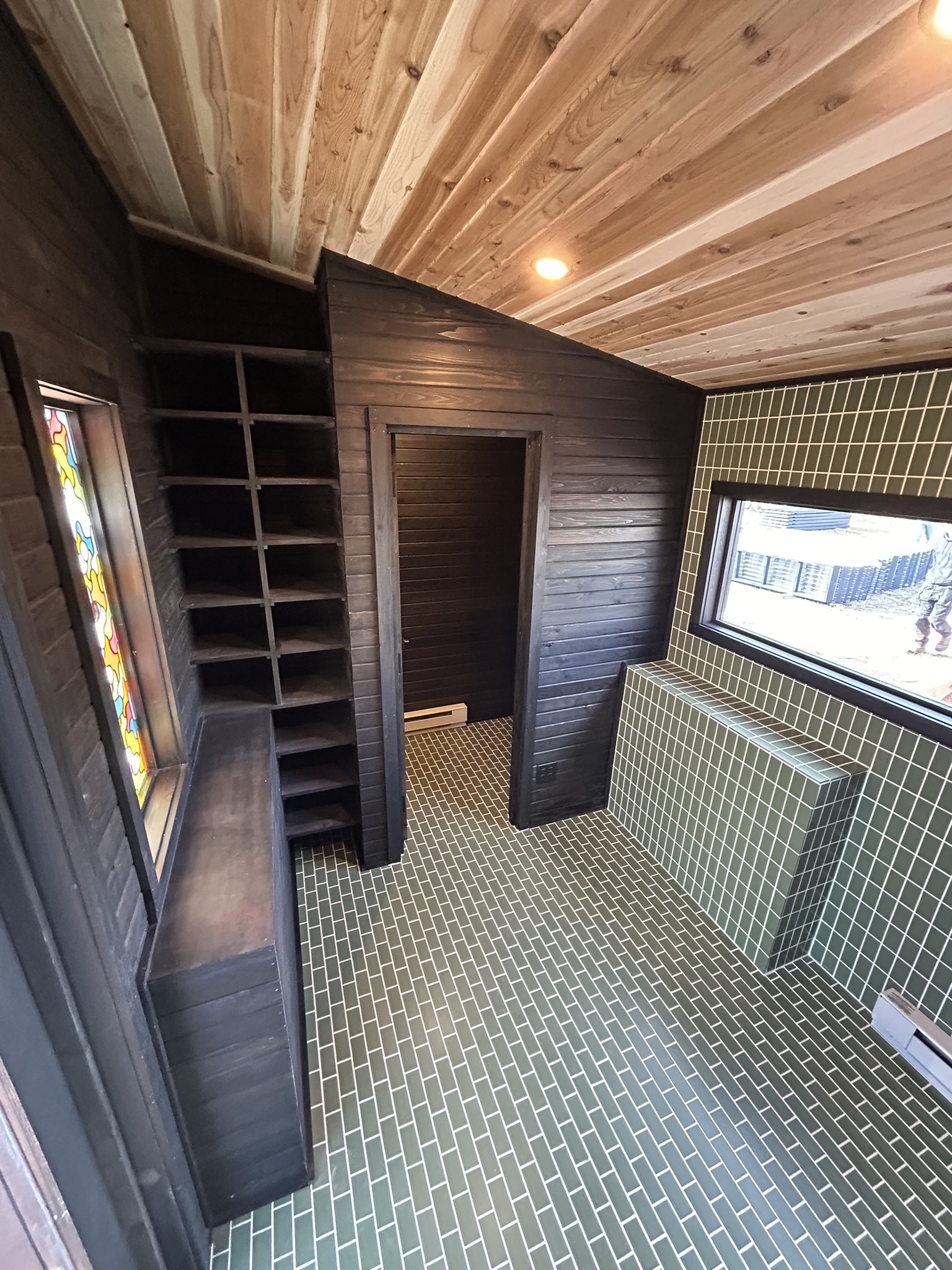
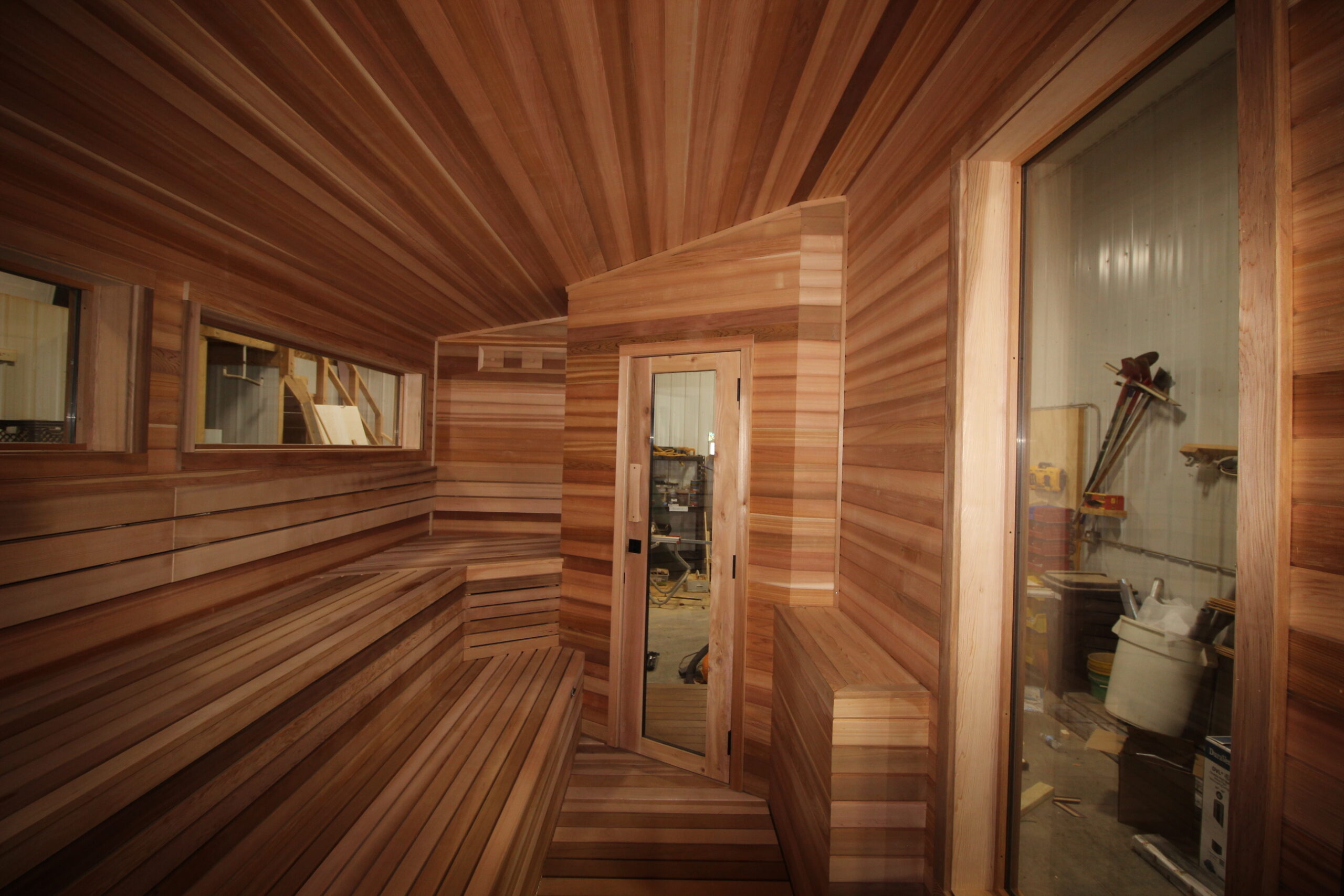
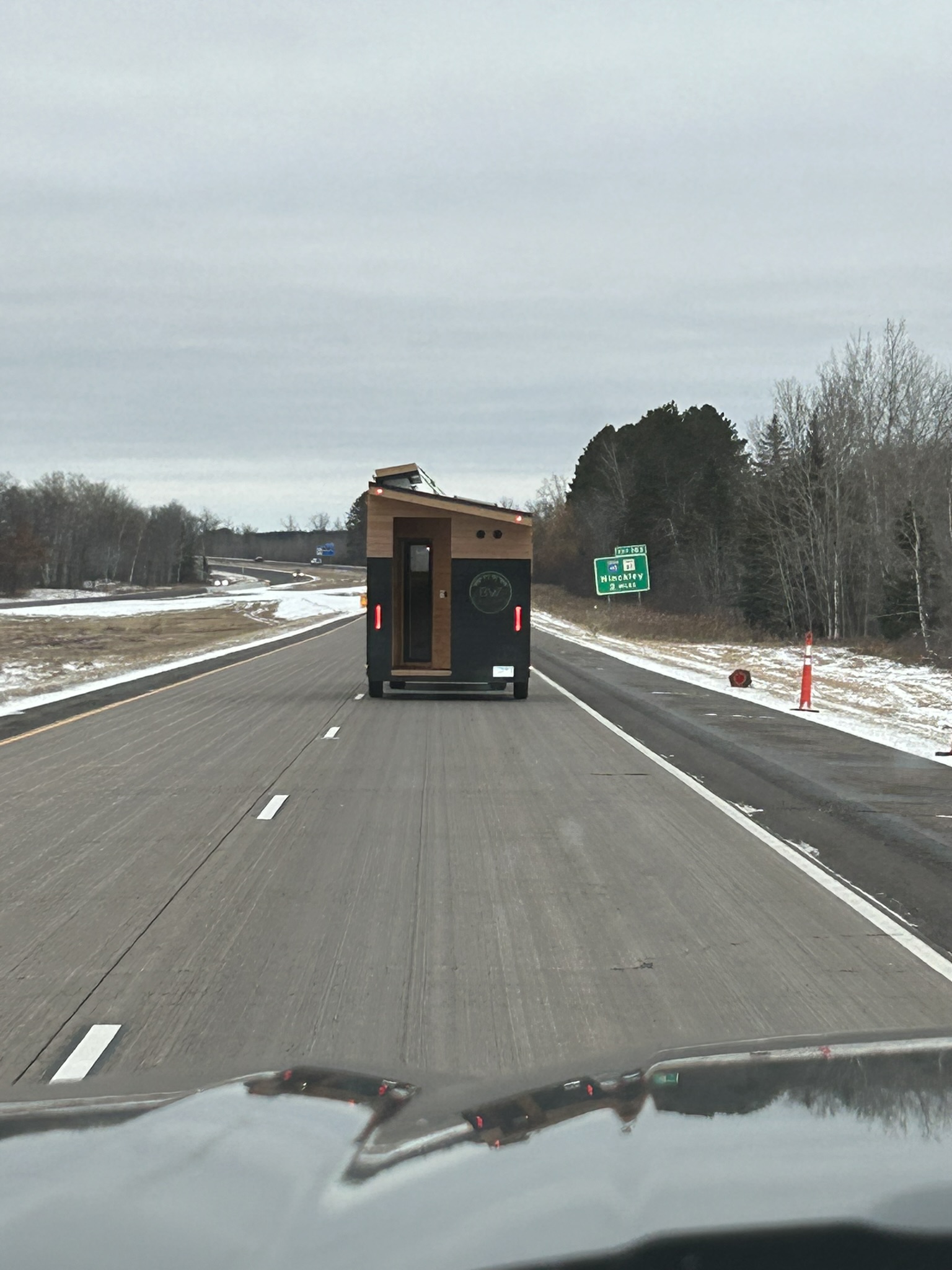
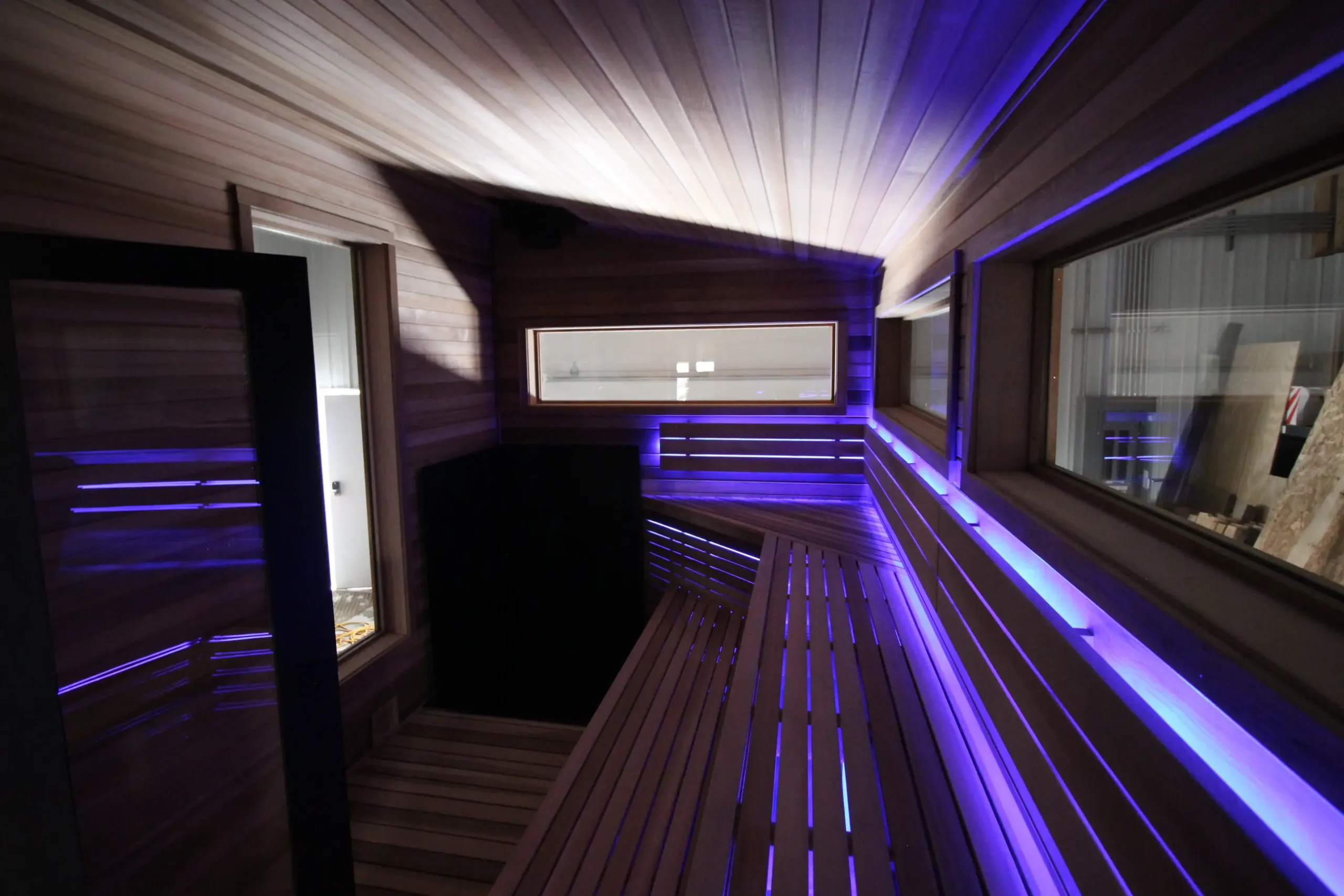
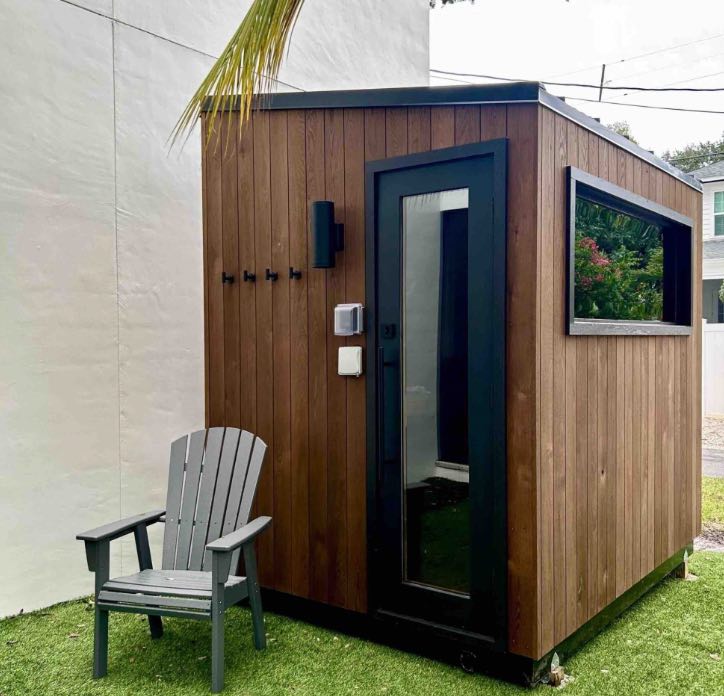
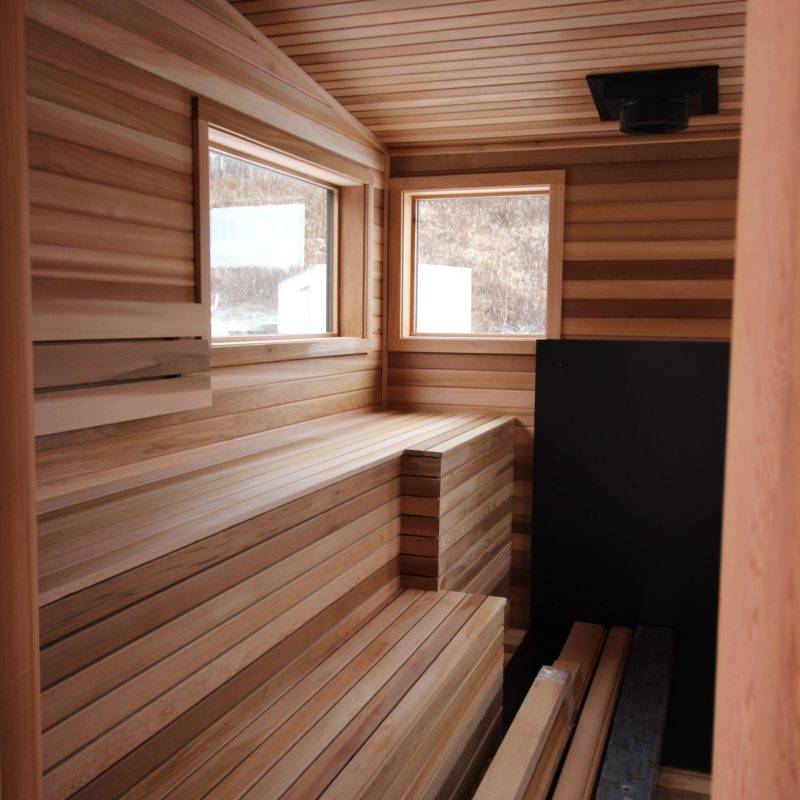
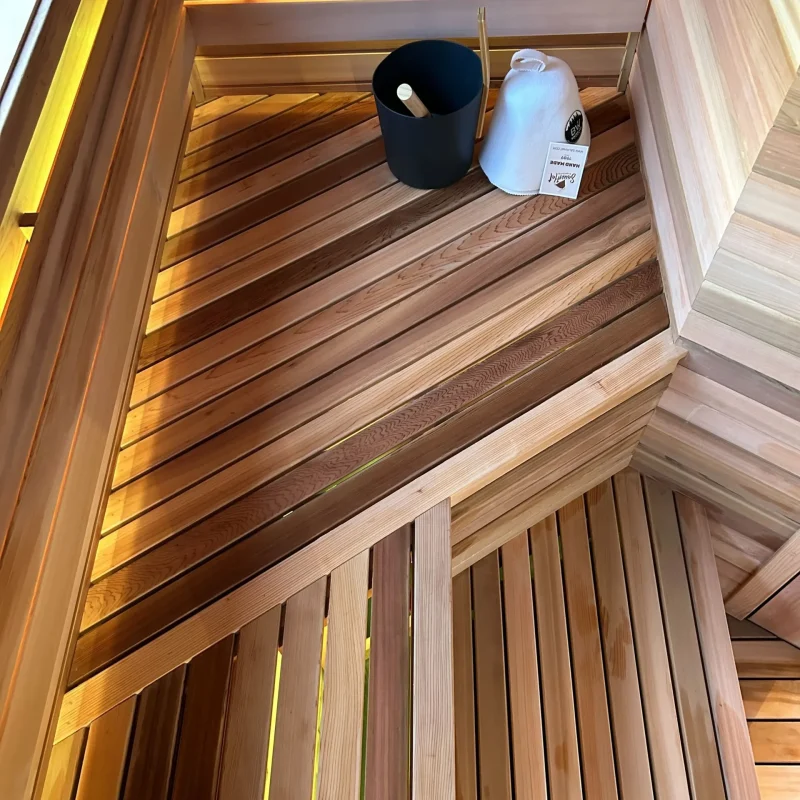
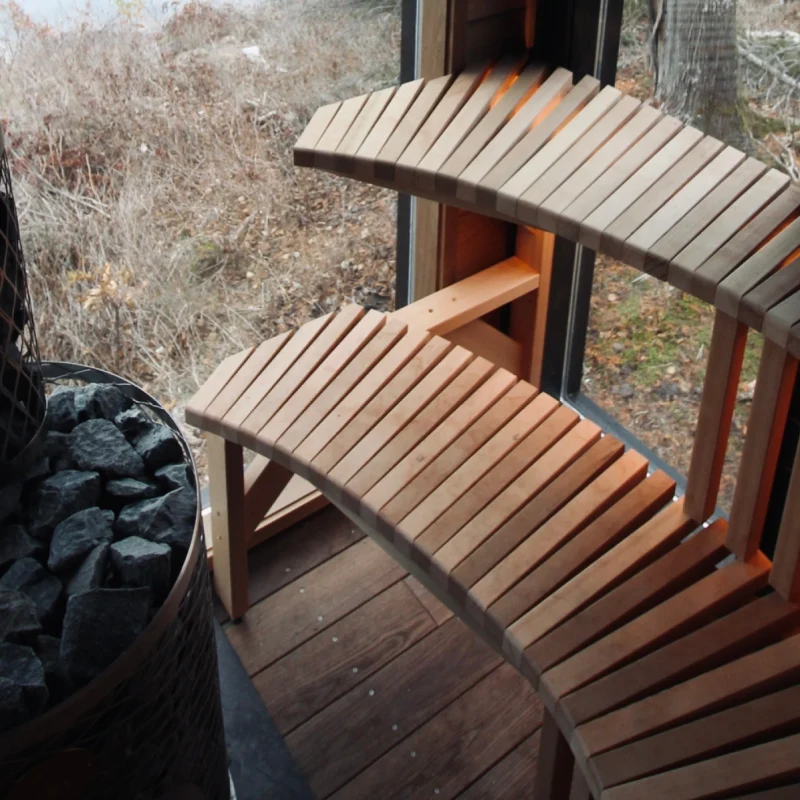
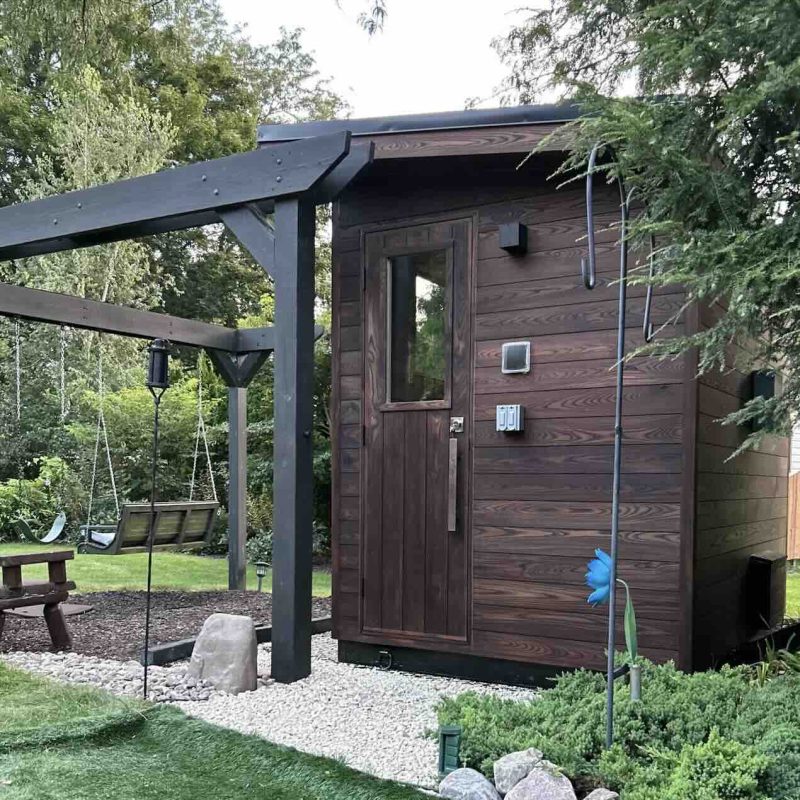
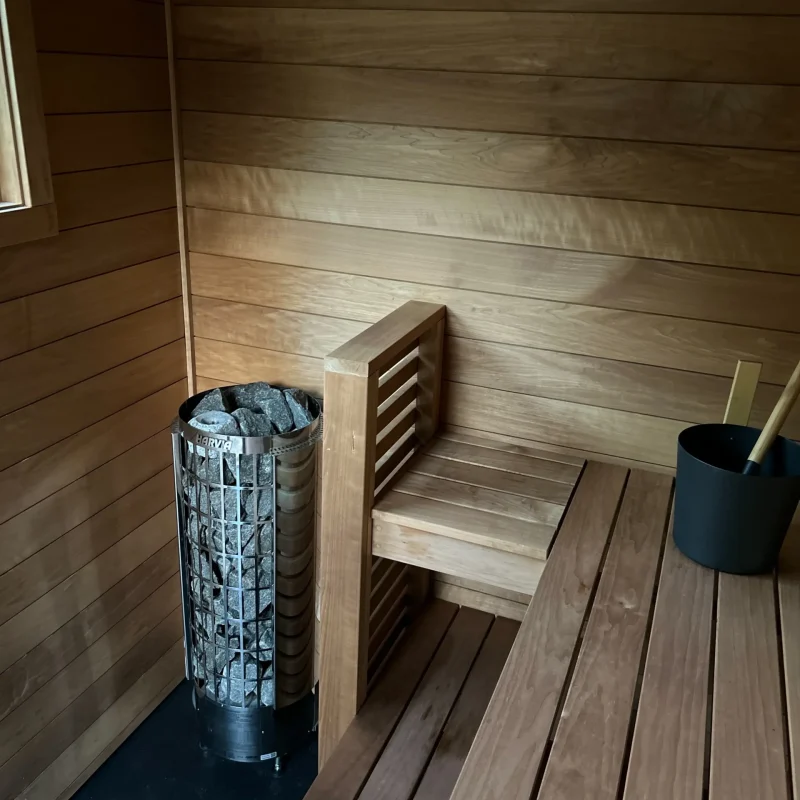
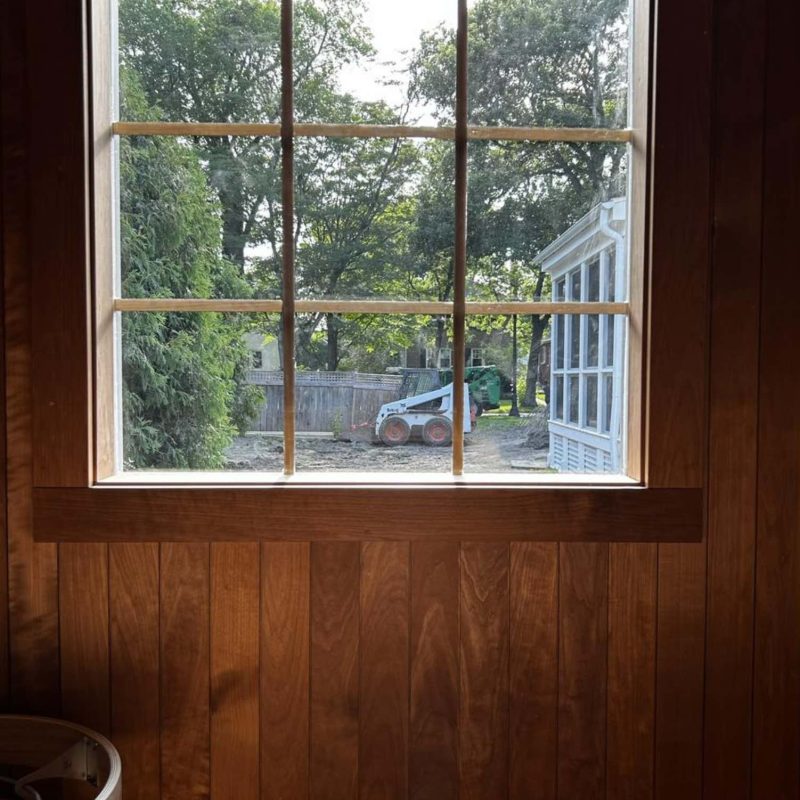
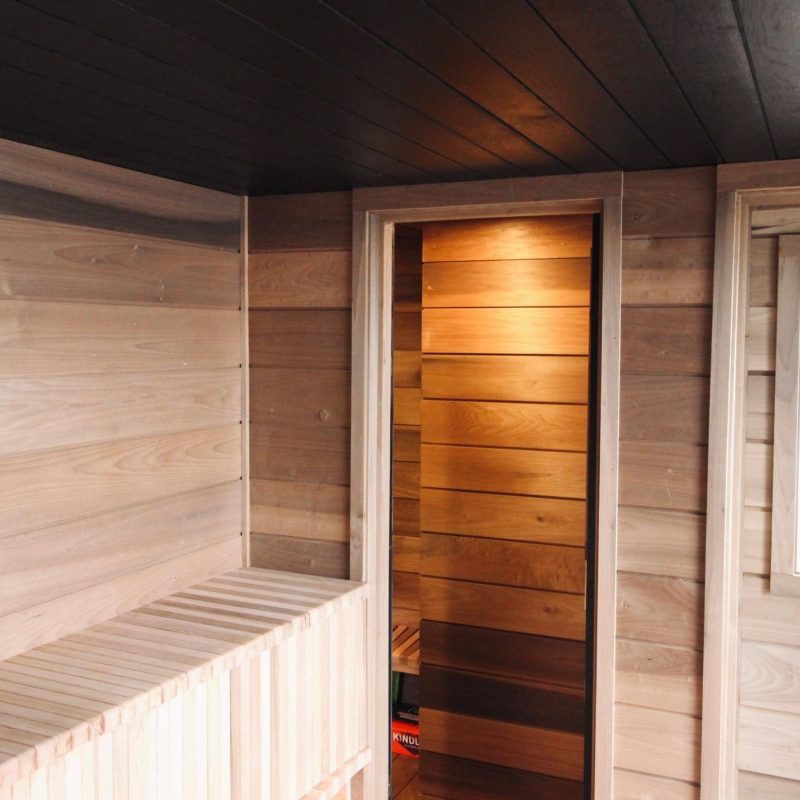
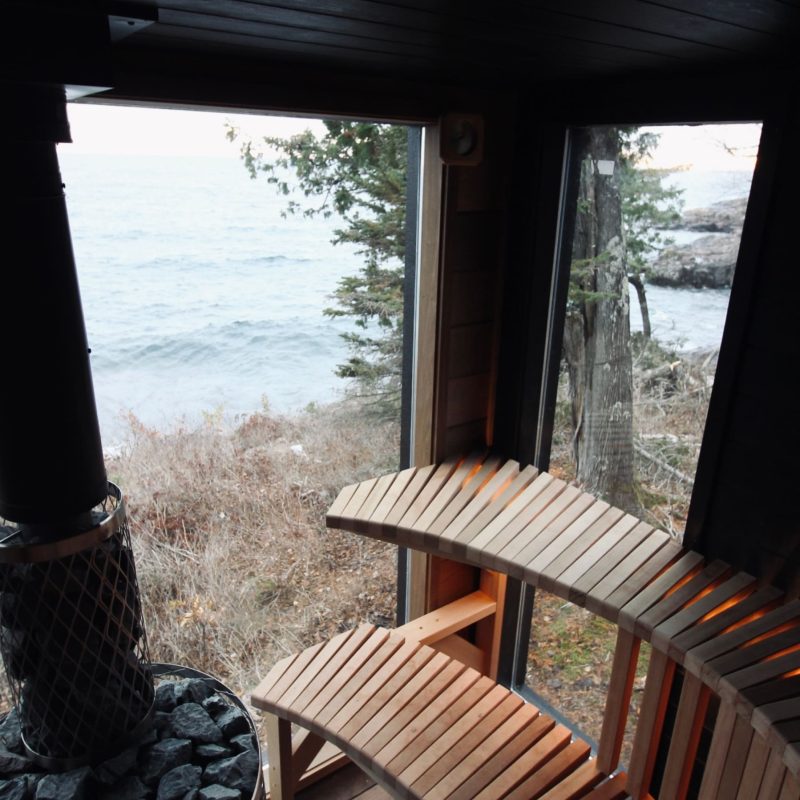
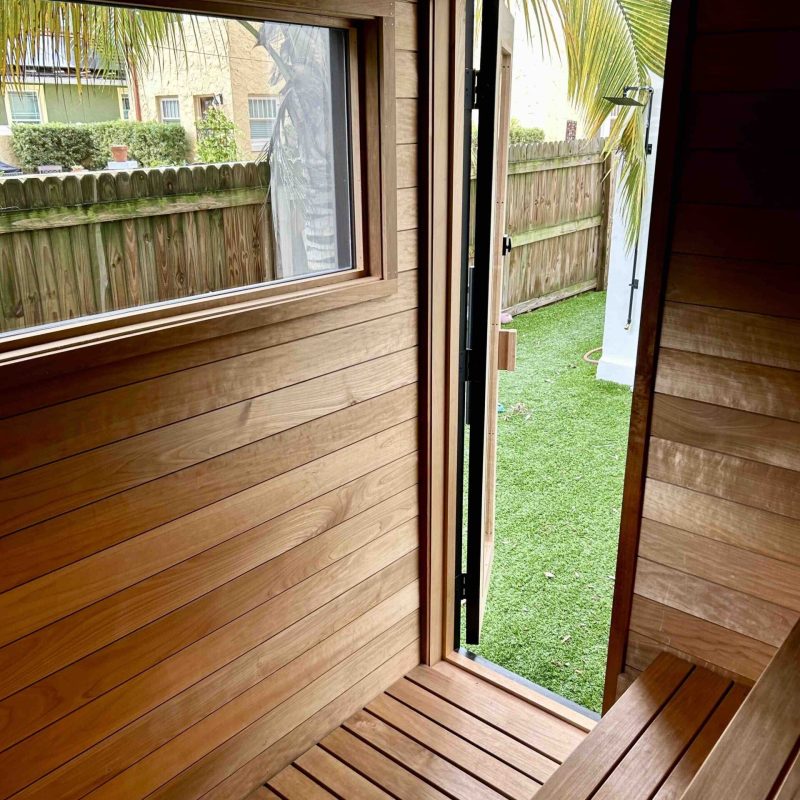
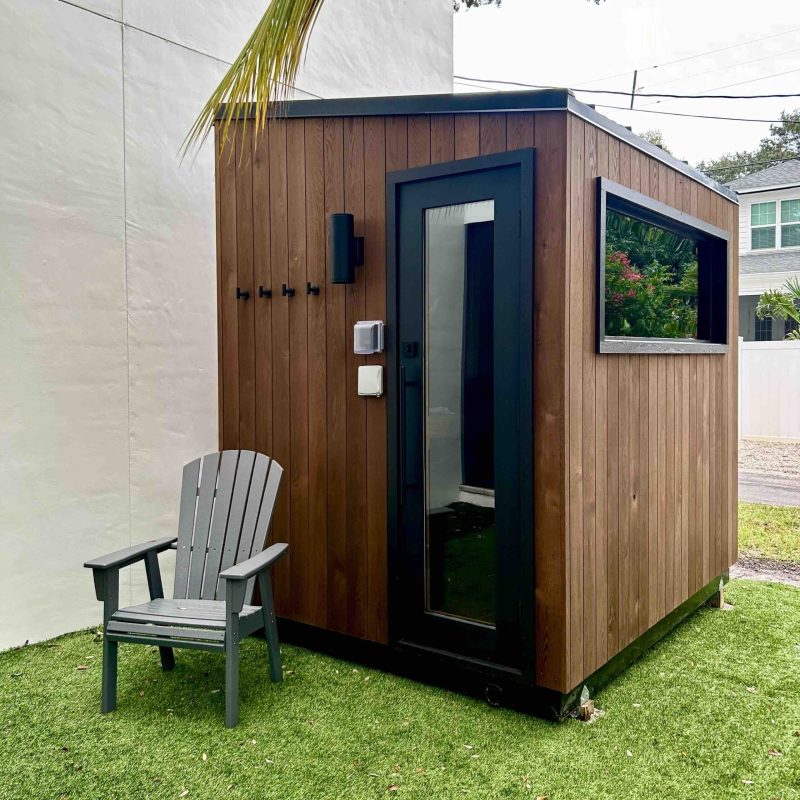
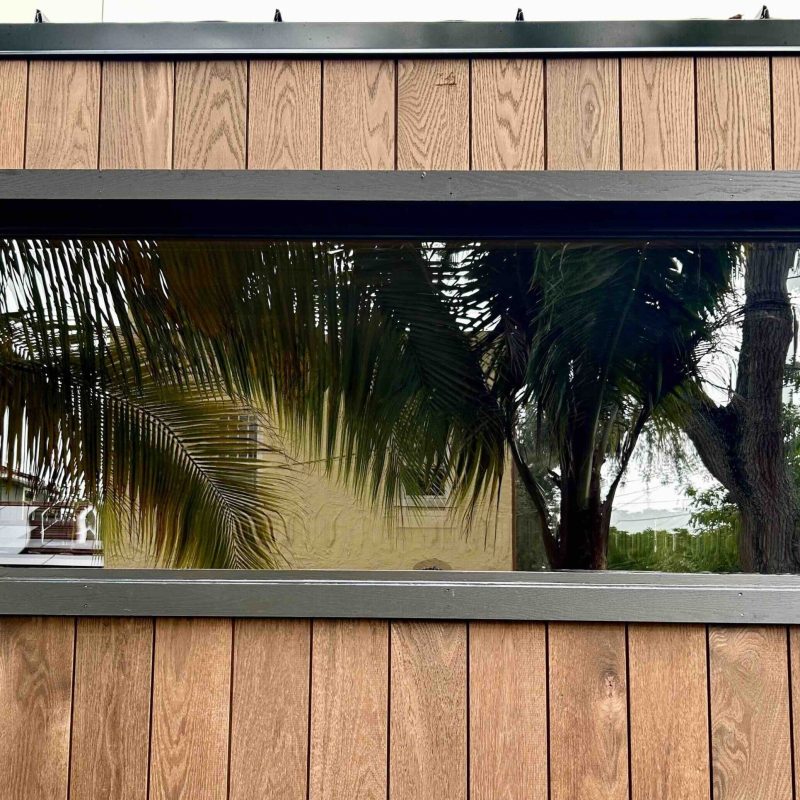
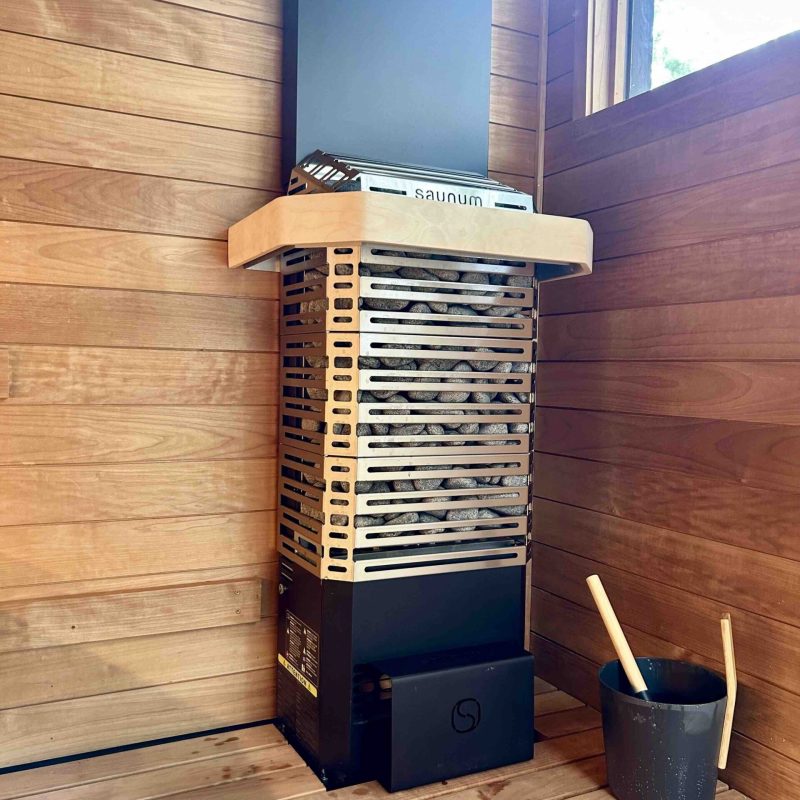












Think about how you want to use the sauna, how much room you have, and how many people you want to fit. Compact models are great for small spaces, while larger models are better for entertaining guests or family use.
If you need more information on this topic, please visit “Ideal size for your custom outdoor sauna in minnesota.“.
Yes, outdoor saunas are designed to withstand the harsh Minnesota winters and can be used year-round. They provide a warm retreat in winter and a relaxing cool-down area during summer.
If you need more information on this topic, please visit “How to benefit from your outdoor sauna in every season.“
While some sauna kits are designed for DIY installation, it is often recommended to use professional services to ensure it is installed safely and complies with local building codes, especially in Minnesota where weather conditions can affect installation.
If you need more information on this topic, please visit “Custom outdoor sauna kits.“.
Yes, a building permit is typically required for outdoor sauna installations in Minneapolis. Check with the local building department for specific requirements, as regulations can vary based on the size and location of the sauna.
If you need more information on this topic, please visit “Permit to install an outdoor sauna in minneapolis.“
Regular maintenance includes cleaning the interior, checking and cleaning the heater, and ensuring proper ventilation. It’s also important to inspect and treat the wood exterior to protect against the elements.
If you need more information on this topic, please visit “How to take care of your outdoor custom sauna maintenance tips.“
The position of your sauna should strike a balance between practicality, privacy, and good looks. By carefully designing and considering all of these features, you will increase the enjoyment and utility of your backyard sauna, transforming it into a true haven of relaxation and well-being.
If you need more information on this topic, please visit “How to choose the ideal spot for your backyard sauna.“
The addition of a home sauna represents a strategic investment in both personal well-being and property value. By creating a sanctuary of relaxation and rejuvenation, homeowners can enhance the appeal, marketability, and overall worth of their properties.
If you need more information on this topic, please visit “In home saunas.”
Outdoor saunas in general last 15-25 years with proper care and maintenance.
If you need more information on this topic, please visit “How long will your outdoor sauna last.“
If you are the type that likes to participate and be connected to the process, then wood fire is for you. If you’re looking to maximize the relaxation and convenience of a sauna, electric might be a good option.
If you need more information on this topic, please visit “Electric or wood burning stove what is better for a sauna.”
A good home sauna will cost you anywhere from $5,000 to $10,000 and custom saunas can reach upwards of $50,000.
If you need more information on this topic, please visit “How much does an home sauna cost a complete guide.”
Framing – It is the fitting together of pieces to give a structure support and shape. Headers are built over windows and doors to support the roof load.
Insulation – This is the insulation of the unit. It’s a standard fiberglass insulating material and works to trap air and slow the transfer of heat.
Breathable Membrane – This is a breathable, water-resistant membrane made to resist moisture and release water vapor and works as an air barrier to the structure.
Maintenance Free Siding – This is the outer layer of the structure. It’s a fully waterproof, maintenance free siding option, and is available in many different colors/styles.
Sheathing – 7/16″ OSB sheathing applied over the framing, which holds everything together and prevents the building from ever swaying or bending. It’s used as a nailing base for your siding materials as well.
Foil Vapor Barrier – This is applied over the framing in the hot room areas. It serves as a vapor barrier to the exterior, while also reflecting the heat back inside the room.
Furring Strips – These are used to separate the wood paneling from the exterior wall, to give an air gap for the space to breathe. It helps to dry the wood and is crucial for reflecting the heat back into the room.
Wall Paneling – Commonly used as cedar T&G, but many different forms of paneling can be used. This is the outer layer of the interior and is a wood that can soak up steam and deal with heat absorption without any type of long-term damage. It is also highly resistant to fungus, rot, and decay.
We’ve sourced some of the best wood on the market to offer a wide variety of food finish options. Below are some of the most popular wood finishes our clients have used.
We will work with you to understand and advise the right heat source based on your lifestyle, sauna size, and features.
